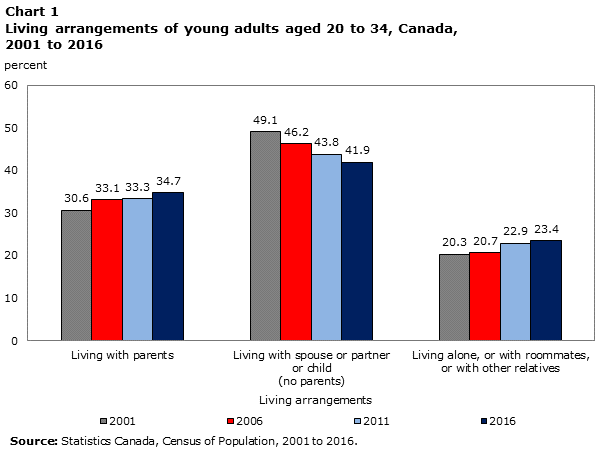105 When Does Adulthood Begin?
Martha Lally; Suzanne Valentine-French; and Dinesh Ramoo
According to Rankin and Kenyon (2008), historically the process of becoming an adult was more clearly marked by rites of passage. For many individuals, marriage and becoming a parent were considered entry into adulthood. However, these role transitions are no longer considered as the important markers of adulthood (Arnett, 2001). Economic and social changes have resulted in increase in young adults attending college (Rankin and Kenyon, 2008) and a delay in marriage and having children (Arnett and Taber, 1994; Laursen and Jensen-Campbell, 1999). Consequently, current research has found financial independence and accepting responsibility for oneself to be the most important markers of adulthood in Western culture across age (Arnett, 2001) and ethnic groups (Arnett, 2004).

In looking at college students’ perceptions of adulthood, Rankin and Kenyon (2008) found that some students still view rites of passage as important markers. College students who had placed more importance on role transition markers such as parenthood and marriage belonged to a fraternity or sorority, were traditionally aged (eighteen to twenty-five), belonged to an ethnic minority, were of a traditional marital status (that is, not cohabitating), or belonged to a religious organization (particularly for men). These findings supported the view that people holding collectivist or more traditional values place more importance on role transitions as markers of adulthood. In contrast, older college students and those cohabitating did not value role transitions as markers of adulthood as strongly.
Young Adult Living Arrangements
As can be seen in Figure 7.5, young adults between the ages of twenty and thirty-four in Canada are more likely to be living with their parents than in the past. Young Canadians are not choosing to settle down romantically and live with a spouse or partner before age thirty-five.

In the United States in 2014, for the first time in more than 130 years, adults aged eighteen to thirty-four were more likely to be living in their parents’ home than they were to be living with a spouse or partner in their own household (Fry, 2016). The current trend is that young Americans are not choosing to settle down romantically before age thirty-five. Since 1880, living with a romantic partner was the most common living arrangement among young adults. In 1960, 62 percent of America’s 18- to 34-year-olds were living with a spouse or partner in their own household, while only 20 percent were living with their parents. By 2014, 31.6 percent of young adults were living with a spouse or partner in their own household, while 32.1 percent were living in the home of their parent(s). Another 14 percent of young adults lived alone, were a single parent, or lived with one or more roommates. The remaining 22 percent lived in the home of another family member (such as a grandparent, in-law, or sibling), a non-relative, or in group quarters (such as college dormitories).
Comparing ethnic groups, 36 percent of Black and Hispanic young adults lived at home, while 30 percent of white young adults lived at home. Gender differences in living arrangements are also noted in that young men are living with parents at a higher rate than young women. In 2014, 35 percent of young men were residing with their parents, while 28 percent were living with a spouse or partner in their own household. Young women were more likely to be living with a spouse or partner (35 percent) than living with their parents (29 percent). Additionally, more young women (16 percent) than young men (13 percent) were heading up a household without a spouse or partner, primarily because women are more likely to be single parents living with their children. Lastly, young men (25 percent) are more likely than young women (19 percent) to be living in the home of another family member, a non-relative, or in some type of group quarters (Fry, 2016).
What are some factors that help explain these changes in living arrangements? First, young adults are postponing marriage or choosing not to marry or cohabitate. Lack of employment and lower wages have especially contributed to men residing with their parents. Men who are employed are less likely to live at home. Wages for young men (adjusting for inflation) have been falling since 1970 and correlate with the rise in young men living with their parents. The recent recession and recovery (2007 to present) has also contributed to the increase in early adults living at home. College enrollment increased during the recession, which further increased the number of young adults living at home. However, once early adults possess a college degree, they are more likely to establish their own households (Fry, 2016).
Media Attributions
- Figure 7 4 © Priscilla Du Preez is licensed under a Public Domain license
- Figure 7.5: Living arrangements of young adults ages 20 tot 34 in Canada. © Statistics Canadat is licensed under a Public Domain license

